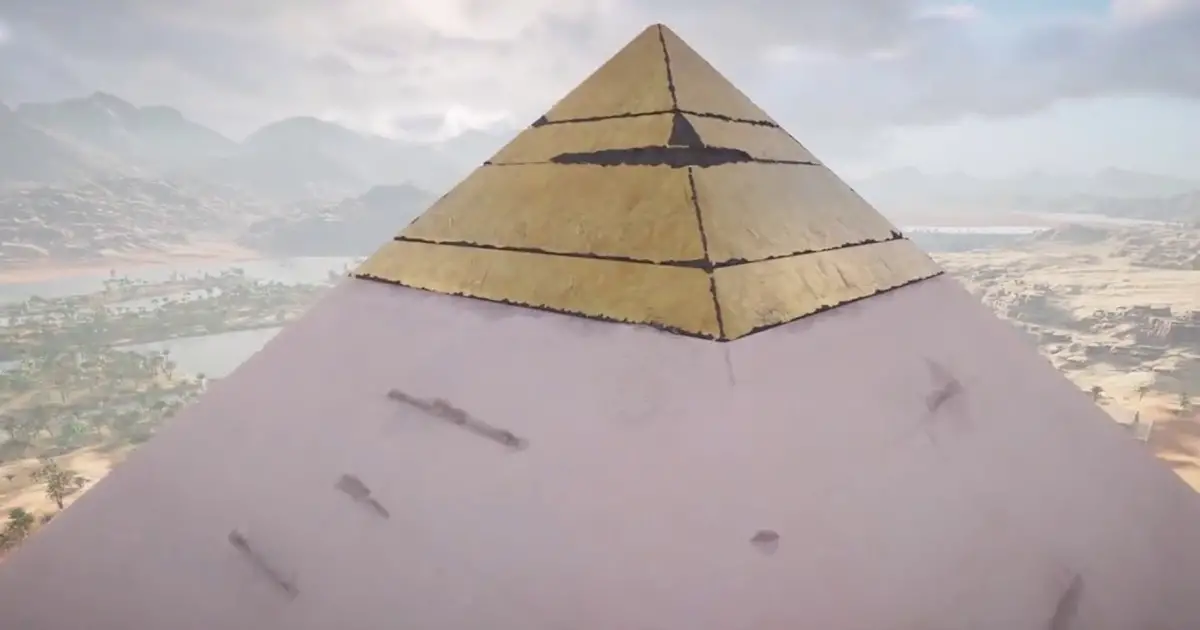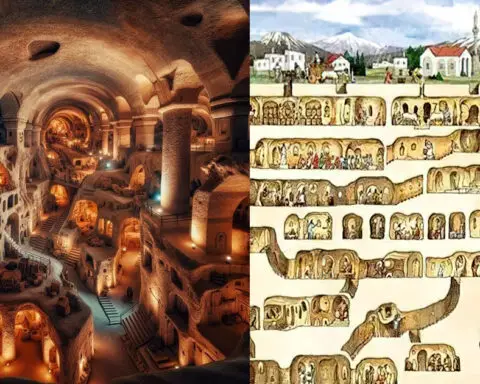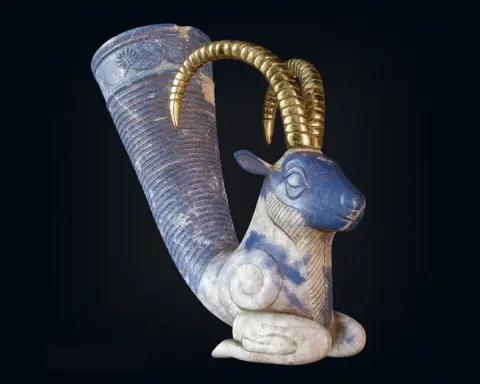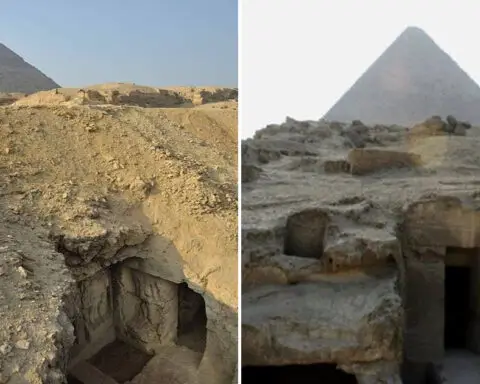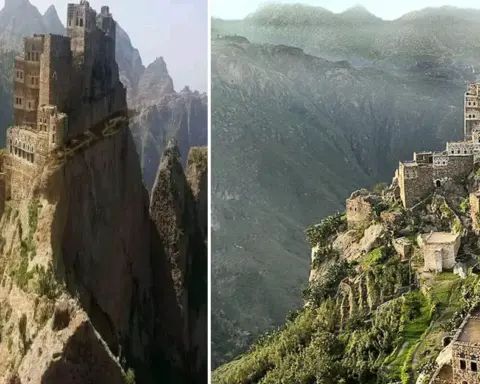For eons, the saga of the pyramids has been etched into the annals of history, casting a formidable shadow upon the narratives passed down through generations. These enigmatic structures, revered as tombs of the Pharaohs, have stood as stalwart sentinels guarding ancient mysteries.
Tradition has dictated the narrative—a testament to the grandeur of the Pharaohs, entombed within these colossal monuments, safeguarded by intricate traps, and adorned with opulence to deter the covetous yearnings of would-be plunderers. But beneath this veneer of tradition lies a seismic revelation, poised to shatter the antiquated beliefs entrenched in historical lore.

Behold the Great Pyramid of Giza, an architectural marvel that transcends the confines of conventional wisdom. Contrary to popular belief, these edifices seem to transcend the mere mortuary confines attributed to them by scholars of antiquity.
Delve deeper, and the veil is lifted to reveal a startling revelation—an architectural marvel meticulously designed not as a mere sepulcher but as a conduit for an esoteric concept: electrical conductivity.
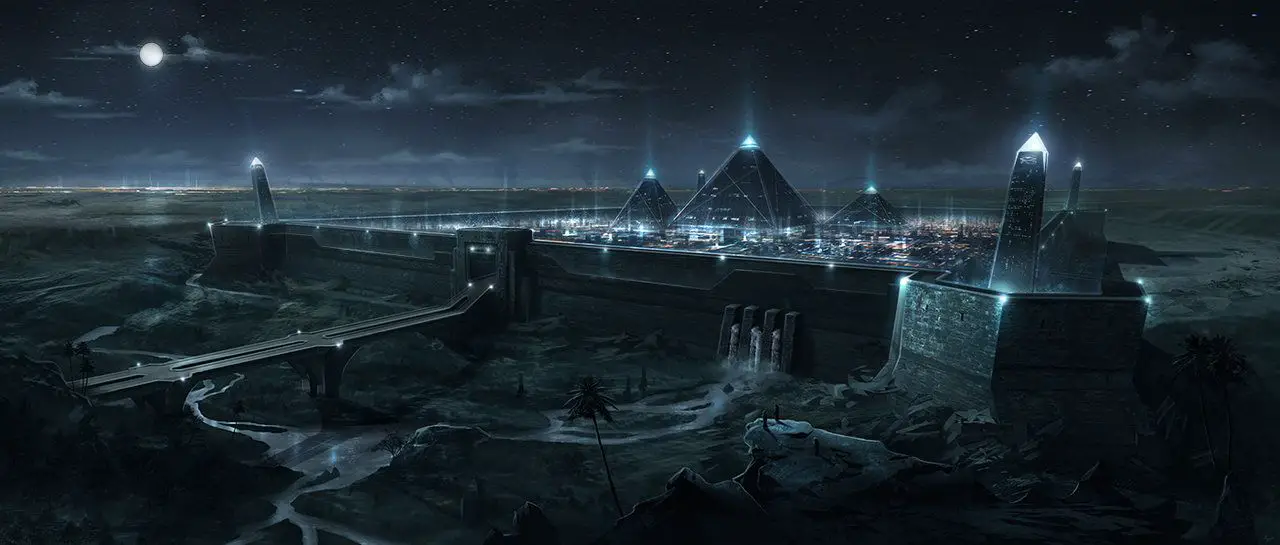
The Great Pyramid, it seems, was fashioned with an ingenious purpose—a composite structure embedded with elements poised for the transmission and generation of electrical energy. A paradigm shift emerges, painting these ancient monuments not as tombs but as veritable power stations pulsating with energy.
Nikola Tesla, an icon of modern innovation, cast his inquisitive gaze upon the Great Pyramid, seeking the enigmatic secrets veiled within its hallowed confines. His relentless pursuit of understanding electricity led him to probe the depths of this ancient enigma, weaving threads of possibility between ancient craftsmanship and modern scientific inquiry.

Yet, the audacious proposition that the ancient Egyptians possessed a profound understanding of electricity resonates discordantly with established historical narratives. The rigid confines of history books, tethered to archaic beliefs, beckon for revision—a call to acknowledge the possibility that these monuments were not mere sepulchers but conduits of power, resonating with a sophistication far beyond the comprehension of their time.
The very essence of these architectural marvels, once presumed to be inert tombs housing relics of a bygone era, now beckons the curious minds of contemporary explorers. They stand as sentinels guarding secrets that might revolutionize our understanding of ancient civilizations—a clarion call for historians and archaeologists to reassess and rewrite the hallowed chapters of history.
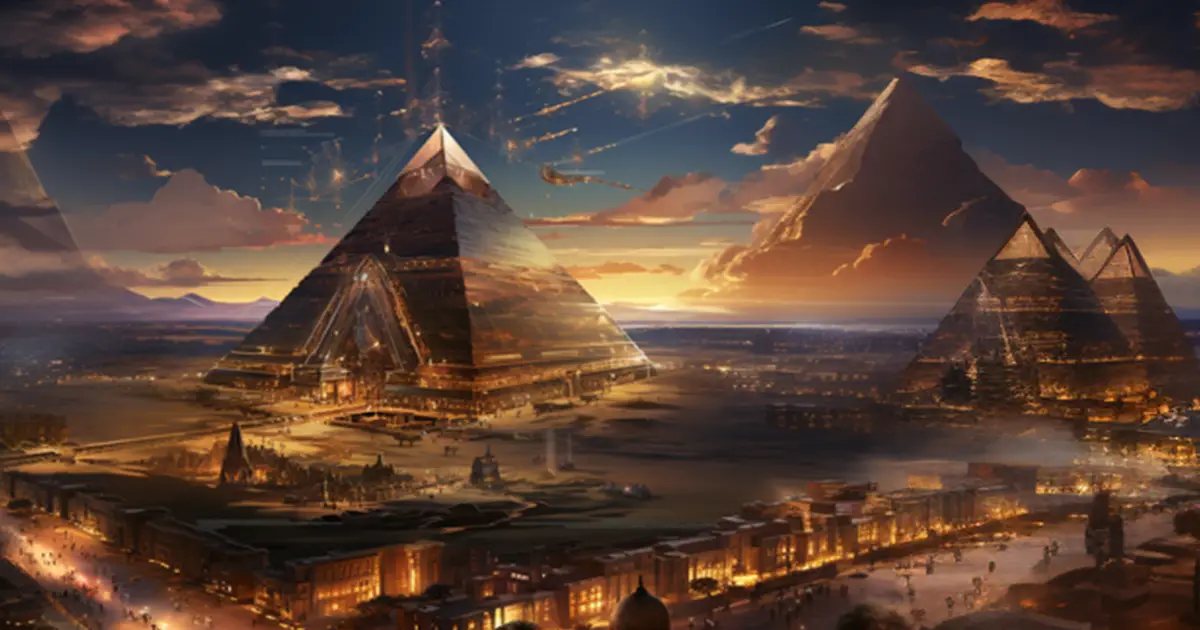
As the mystique surrounding the pyramids unravels, it heralds an era of reevaluation—a testament to the dynamism of historical inquiry. The pyramids, once thought to guard the remains of Pharaohs, now emerge as an enigmatic testimony to the ingenuity and advanced knowledge of a civilization that continues to beckon from the sands of time.
VIDEO 1:
VIDEO 2:

